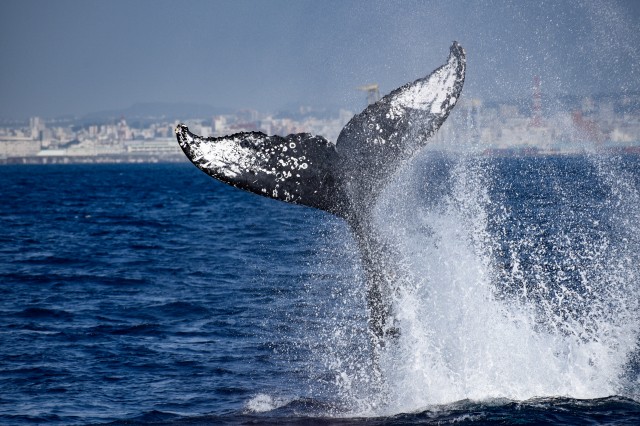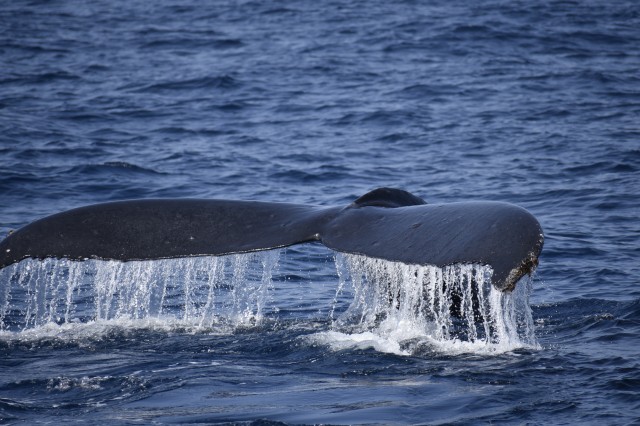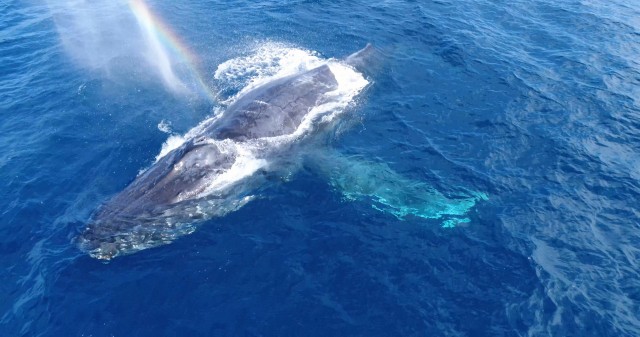What is Whale Watching?

Whale watching is an activity where participants board a boat and head out to sea to observe wild whales in their natural habitat. The history of whale watching dates back to the 1950s, when the first tours were organized in San Diego, USA, to observe gray whales.
Today, whales migrate through oceans around the world, and whale watching has become a popular activity in places like California, Hawaii, Australia, and Mexico. Some overseas tours even offer kayaking experiences that allow participants to get incredibly close to the whales.
In Japan, whale watching is available in several locations, including Hokkaido, Okinawa, Kochi, Wakayama, Chiba, and the Ogasawara Islands. The two main species seen in Japan are humpback whales and sperm whales, each following a seasonal migration pattern. If you’re planning to enjoy whale watching during your travels, be sure to check the best season for sightings in your chosen destination.
Whale Watching Tours on Okinawa Main Island

During winter (January to April), humpback whales can be seen around Okinawa. These whales spend spring and summer in Alaskan waters, where they build up their strength by feeding. As winter approaches, they embark on an incredible 9,000 km journey to Okinawa’s warm seas to give birth and raise their calves.
One of the highlights of Okinawa whale watching tours is the chance to see mother whales with their young—a truly heartwarming sight!
Okinawa boasts an exceptionally high whale encounter rate, with some tour operators offering a full refund if no whales are spotted. In fact, the success rate of whale sightings is said to be around 98%.

Humpback whales found in Okinawa typically measure 11 to 16 meters, with some larger individuals reaching 20 meters—about the height of a seven-story building!
Witnessing these massive creatures breach out of the water is an unforgettable experience. This spectacular jump, known as breaching, is believed to help whales remove parasites from their skin. Other fascinating behaviors include spouting, tail slapping, and pectoral fin waving.
During the tour, guides provide insightful commentary on whale behavior and biology, making the experience both thrilling and educational.
What to Wear & Important Tips for Whale Watching Tours

Recommended Clothing
Since whale watching tours take place during winter, warm clothing is essential. The wind on the open sea can make it feel much colder than on land. In January, Okinawa’s coldest month, temperatures can drop to around 15°C.
Recommended attire:
✔ Windbreaker or jacket to block the sea breeze
✔ Thick fleece or sweater for extra warmth
✔ Water-resistant clothing (sea spray may get you wet)
✔ Sneakers or other stable footwear (avoid high heels, as the boat may sway)
What to Bring
To capture this rare wildlife experience, bring a camera! If you have a DSLR with a zoom lens, you’ll be able to get fantastic shots of whales breaching and blowing water into the air.
Other useful items:
✔ Binoculars – Spot whales before anyone else!
✔ Towel – To wipe off sea spray
✔ Drinks – Stay hydrated while on the boat
Preventing Seasickness
If you’re prone to motion sickness, take motion sickness medicine in advance. Additionally, avoid using your phone or reading while on the boat, and focus on looking at the distant horizon—this helps reduce nausea.
Avoid joining the tour if you’re hungover or sleep-deprived, as these conditions increase the chances of seasickness.











